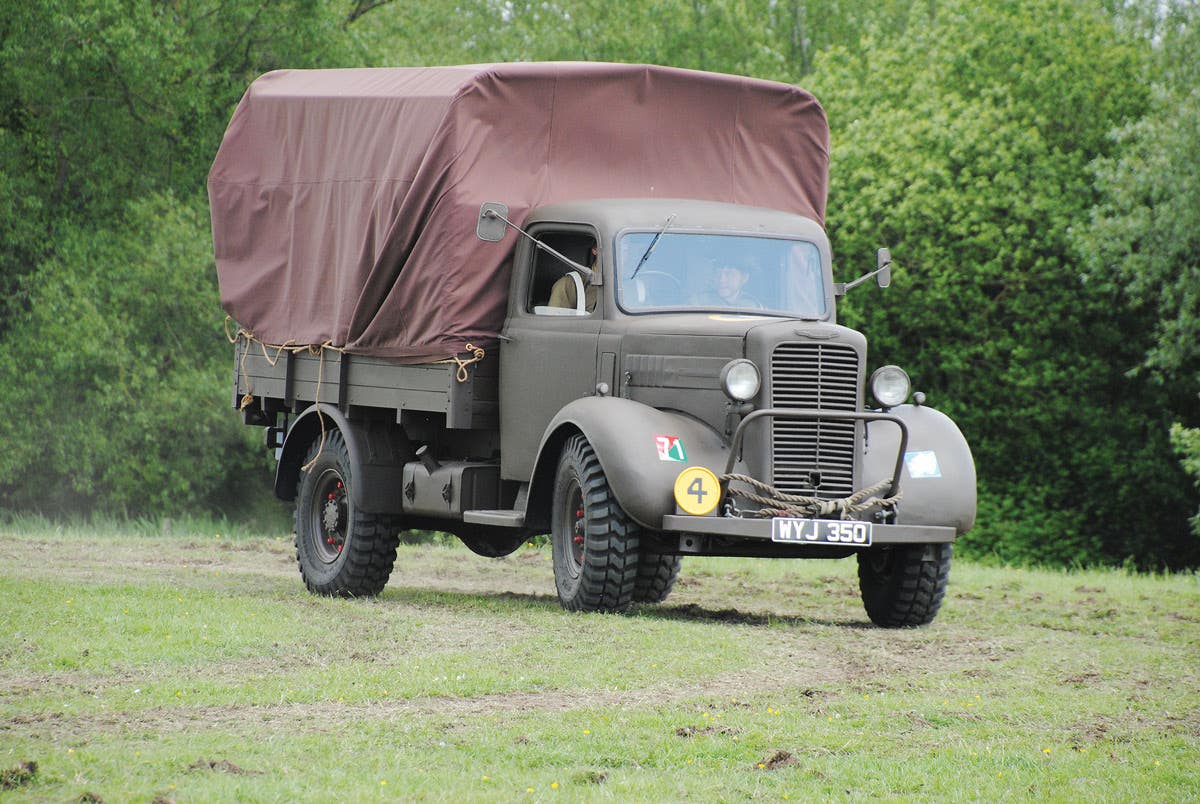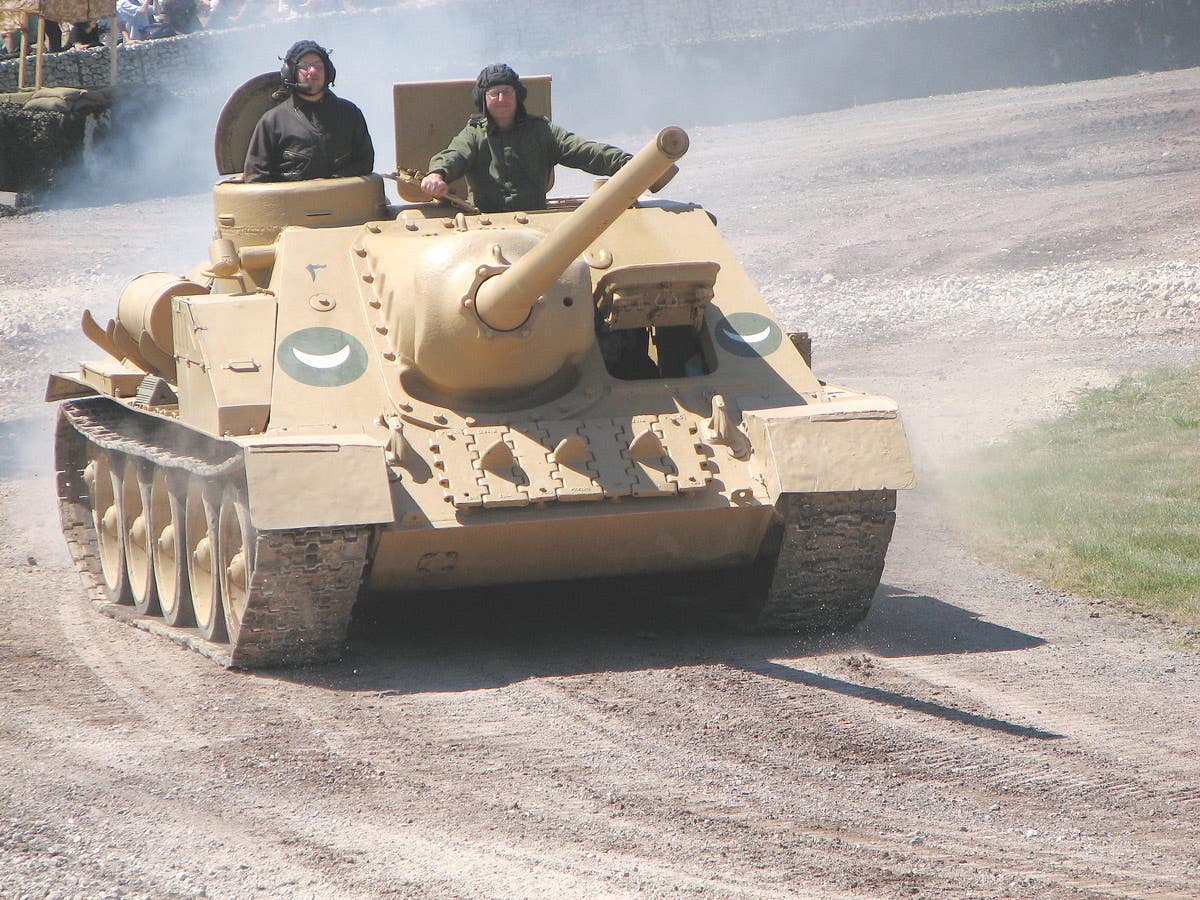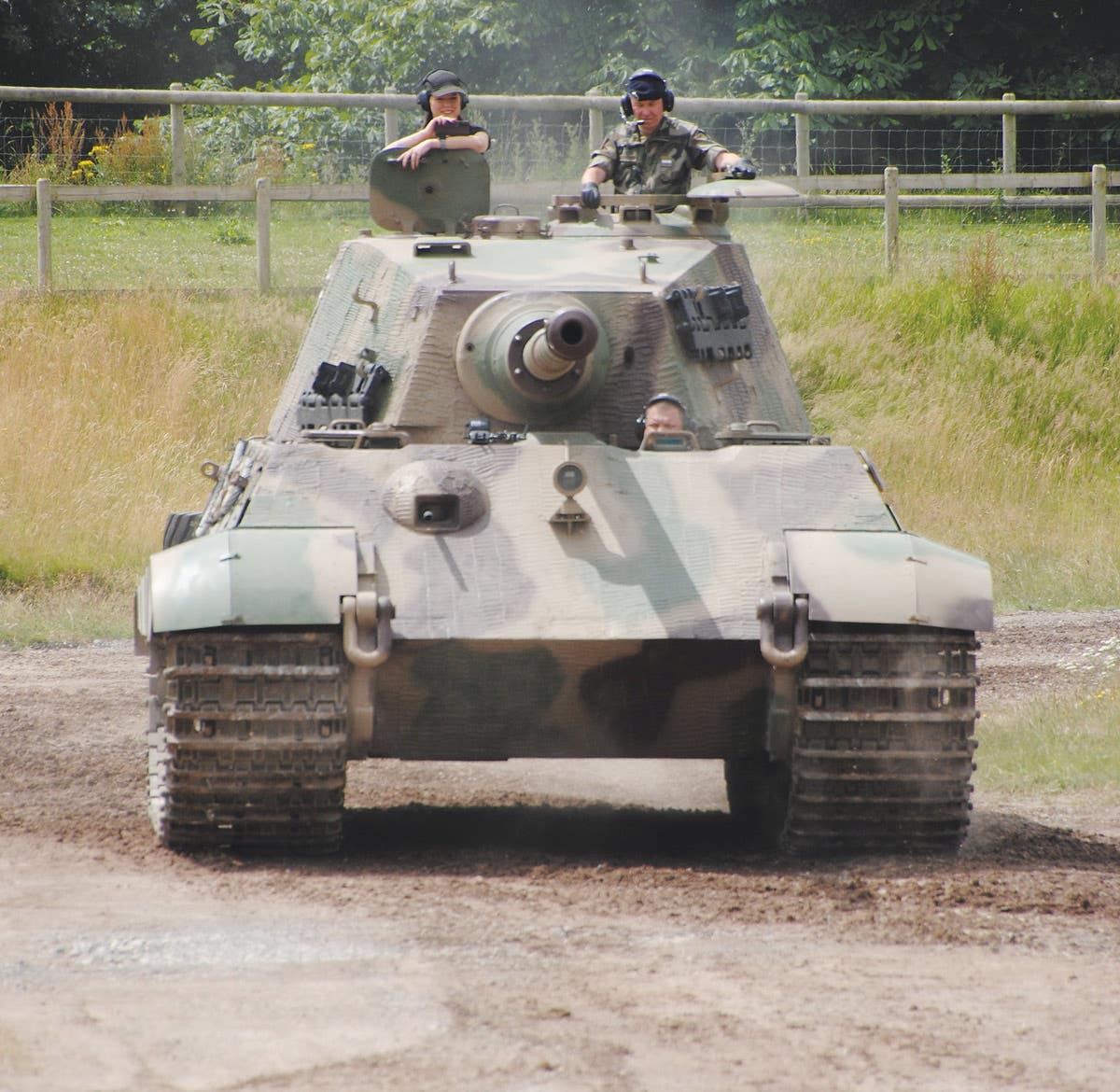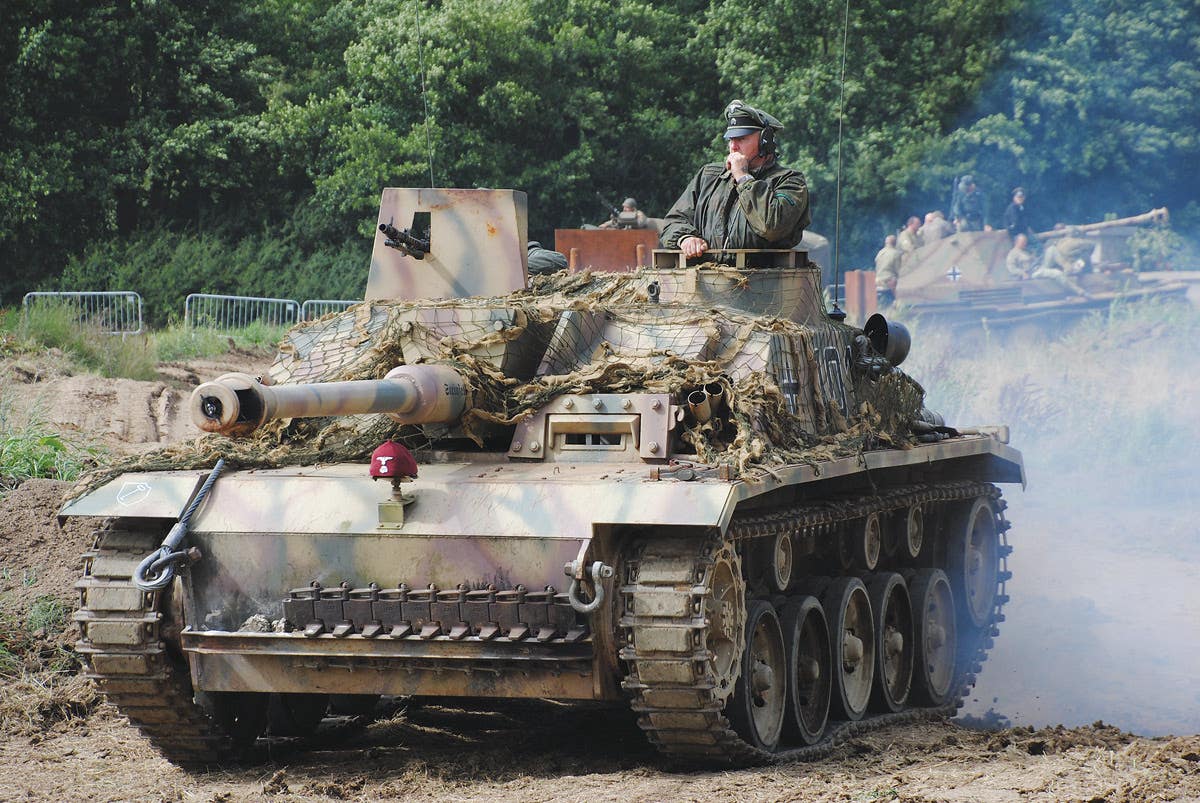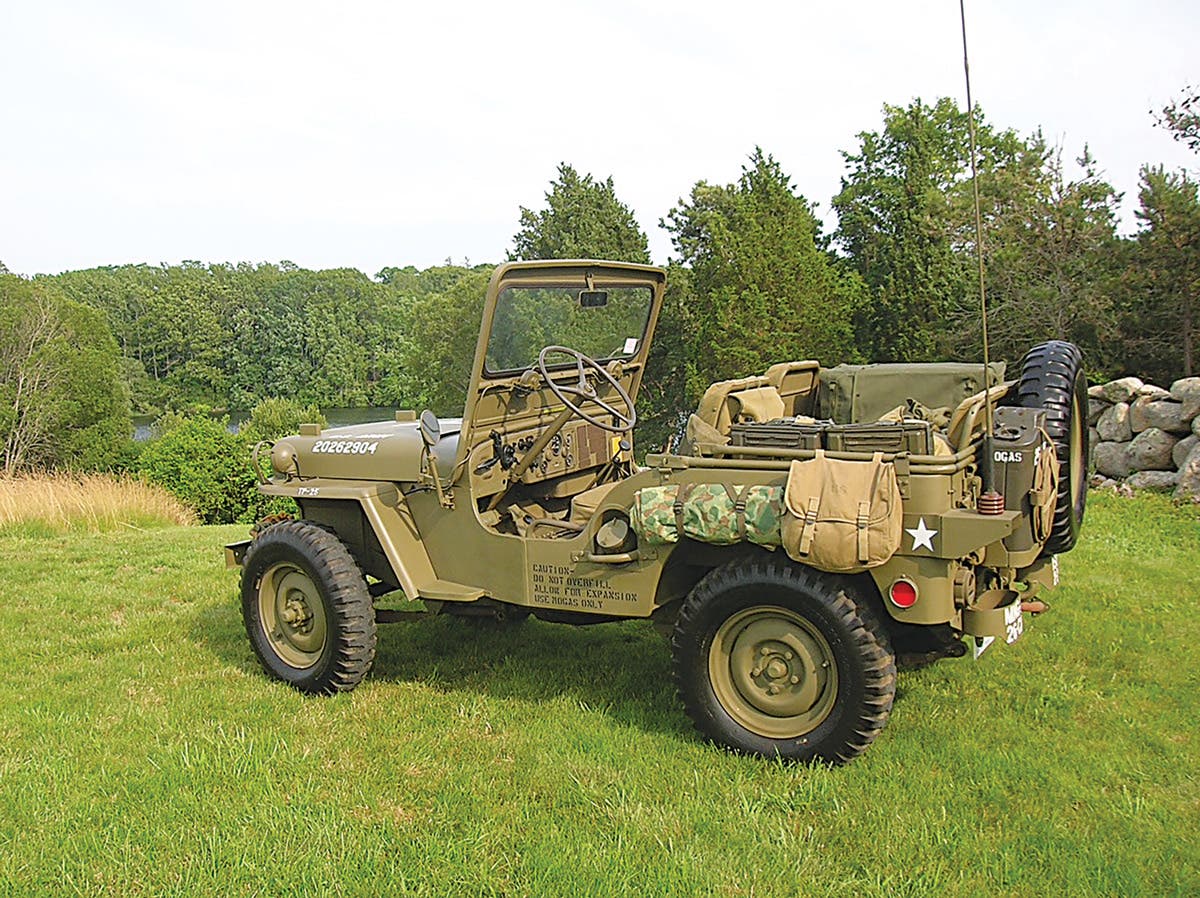The M95: Workhorse revolver of the Russian Army
Russian forces had used Smith & Wessen “Russian model” revolvers in the past, but these were replaced by Leon Nagant’s 1886 designed service revolver in 1895. After acceptance by the Imperial Army, the new “3-line” weapon was designated the M95.
The last quarter of the 19th century saw European nations competing to find new weapons as conflicts broke out between neighbors, and revolutions brewed within some countries’ own borders. Modernized rifles and sidearms became high on the priority lists of general staffs with a variety of different styles, calibers and systems being produced by companies vying for the funds of any countries in the market.
The city of Liege, Belgium had already been an important center for firearm manufacturing since the fledgling gun industry first began in the 14th century. In 1867, brothers Emile and Leon Nagant, who had started a general machine and gun repair business, entered the firearms manufacturing competition after landing a contract to produce Remington rolling block-style rifles for the Italian Papal guard. More innovative firearms followed with Emile spending nine years (from 1882 to 1891) designing the rugged and reliable Mosin-Nagant infantry rifle, designated the M91 when purchased and widely used by the Russian Tsar’s military.
European semi-automatic pistols were in their infancy in the 1890s, with the first models being developed by the companies of Salvator Dormus (Austria - 1891), Schonberger-Lauman (Austria – 1891) and Hugo Borchardt (Germany – 1893). These handguns were innovative for their time and revolvers, despite taking more time to load with a smaller ammunition capacity, were favored by many military authorities. This was because semi-auto mechanisms at the time were thought too complicated, prone to jamming when dirty and not strong enough for the rigors of field use. In addition, soldiers would deplete their supply of ammunition too quickly in combat with a more rapid rate of fire. Smaller-caliber weapons were also believed superior since a combatant could carry a larger amount of smaller rounds than the heavier larger shells.
Russian forces had used Smith & Wessen “Russian model” revolvers in the past, but these were replaced by Leon Nagant’s 1886 designed service revolver in 1895. After acceptance by the Imperial Army, the new “3-line” weapon was designated the M95. Both the new revolver and the M91 rifle were “3-line”, a Russian measurement term meaning that they fired a bullet 3 tenths of an inch — U.S. 30-caliber — in diameter. This new sidearm was readily accepted by the high command since the Nagant firm was well known to them (via the M91), and the pistol had key features considered superior to that of the competing revolver from fellow Belgium designer, Henry Peiper.
The M95 offered high accuracy, comfortable grips and a rugged and reliable design. The seven-shot cylinder capacity was preferred over the normal six round load, though the ammunition itself was unusual, being designed to function in the unique “gas seal” mechanism. This system involved the cylinder sliding forward to meet the barrel each time the hammer was pulled back to the cocked position. The closed space was thought to give a slightly greater velocity for the 7.62mm projectile that was entirely covered by the shell casing, the neck of which slid into the barrel end forming a sealed pathway for the bullet to travel, from cylinder to barrel muzzle. This sealing design prevented side gas blow out between the cylinder and barrel, and kept the chambers mostly clean from any fouling kept in the barrel only.
M95s were produced in both a cheaper single-action (for enlisted soldiers) and double-action (for officers) configurations, with a suppressed model (for scout troops and clandestine affairs) and others evolving at later dates. Regardless of the advantages, two major drawbacks of the M95s were noted, but accepted by the Russians: The excessive trigger pull needed (20 lbs. in double action units) to simultaneously pull both the hammer back and cylinder forward, and the absurd amount of time needed to reload using a swing-under ejector rod to poke out each spent shell casing, and insert individual shells one at a time through a loading gate.
The contract agreed upon by the Russians and the Nagant brothers stipulated that the first 20,000 revolvers be built at the Nagant factory, after which Russia would obtain the rights to manufacture future units at their Tula arsenal. The Nagants were to also provide set-up and tooling advisement at the Tula facilities, with production beginning in 1899 after the Russians had completed a backlog of M91 production. Following completion, the Nagants developed other models of their revolvers, many without the gas seal feature for the militaries in Norway, Sweden, and Luxemburg. A 1910 modified version of the M95 was also designed by Leon Nagant that again featured the gas seal system, but with a swing-out cylinder and star extractor. This was tested by the Russians as a replacement for the original M95s, but rejected due to the difficulty of ejecting spent cartridges caused by casing expansion. A total of only 2,500 model 10s were produced, and met with a lukewarm acceptance and sales on the commercial market.
With the revolution that ended the Russian Imperial Monarchy (the Tsar and his family were murdered in July, 1918 by Communists wielding seven M95s), the new Soviet government continued to produce the M95s for use by their troops and police forces. Following this, in a rare matchup of practical field use and the socialist ideal of all citizens (soldiers) being equal, only double-action revolvers were produced, and single-action revolvers still in use were returned to arsenals to be retooled as double-action units. When Tokarev semi-auto pistols became the official sidearm of the Soviet Union in the 1930s, the M95s still continued to be heavily used during the following World War by Russian soldiers and their Eastern allies. In addition, many captured M95s fell into the hands of Axis troops and police whose initial advances deep into Russian territory necessitated the use of any weapons that they found available.
With the defeat of Nazi Germany in 1945, both the M95s and variations of the M91s continued to be produced (M95s reaching over 2 million units) and used by dozens of countries such as Finland, Vietnam, and East Germany in their armies, police forces and home guards, even after the introduction of more modern weaponry. These would remain in service for decades to come, as deadly as they had been a century before.
Chris William has been a long-time member of the collecting community, contributor to Military Trader, and author of the book, Third Reich Collectibles: Identification and Price Guide.
"I love to learn new facts about the world wars, and have had the good fortune to know many veterans and collectors over the years."
"Please keep their history alive to pass on to future generations".



